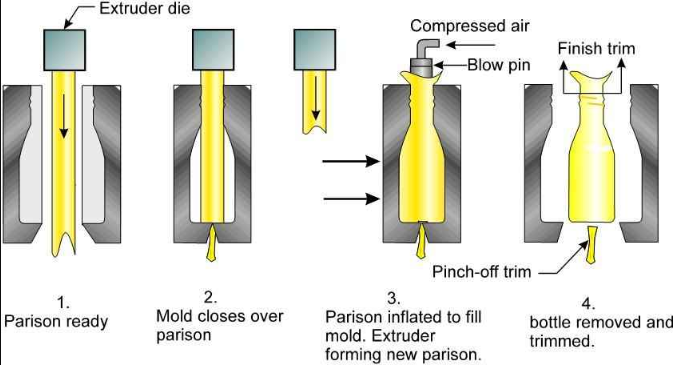
Plastic injection molded action figures are generally not painted in the mold. Instead, the painting process occurs after the figures have been molded and assembled. Here’s an overview of the typical production and painting process for action figures:
Production Process for Plastic Injection Molded Action Figures
1. Injection Molding
- Creating the Parts: Action figure parts, such as arms, legs, torsos, and heads, are created using injection molding. Molten plastic is injected into a mold cavity where it cools and hardens into the desired shape.
- Materials: Common plastics used include ABS (Acrylonitrile Butadiene Styrene) and PVC (Polyvinyl Chloride), known for their durability and ability to hold fine details.
[elementor-template id=”4330″]
2. Assembly
- Joining Parts: After molding, the separate parts are assembled. This can involve snapping parts together, using screws, or applying adhesives. For figures with articulation, joints are carefully constructed to allow movement.
Painting Process for Action Figures
1. Surface Preparation
- Cleaning: The molded parts are cleaned to remove any mold release agents, dust, or residues that could interfere with paint adhesion.
- Priming: Some parts may be primed to create a uniform surface for painting and to enhance paint adhesion.
2. Painting Techniques
- Manual Painting: Skilled workers use brushes to hand-paint detailed features such as eyes, facial features, and intricate patterns.
- Spray Painting: Larger areas or base colors are often applied using spray painting techniques, either manually or with automated systems.
- Pad Printing: For precise and repeatable applications of designs, logos, or fine details, pad printing (also known as tampography) is used. This process involves transferring ink from a silicone pad to the surface of the figure.
[elementor-template id=”4331″]
3. Automated Painting
- Robotic Painting: In some high-volume production scenarios, robotic systems are used to apply paint consistently and efficiently. These systems can handle complex patterns and multiple colors.
- Masking: Parts that require multiple colors or designs may be masked off during painting to ensure clean lines and separation of colors.
Quality Control
- Inspection: Each painted figure undergoes quality control checks to ensure paint application meets the desired standards. This includes checking for coverage, color accuracy, and detail precision.
- Touch-Ups: Any imperfections or inconsistencies may be corrected manually through touch-ups.
Conclusion
While the injection molding process is used to create the basic shapes and structures of action figures, painting is a post-molding process. Various painting techniques, including manual painting, spray painting, and pad printing, are employed to add color and intricate details to the figures. This approach allows for high levels of detail and customization that would be difficult to achieve with in-mold painting methods.
Related Conten: Custom Plastic Fabrication
 DTG Mould Trade Process |
|
| Quote: | According to sample, drawing and specific requirement. |
|---|---|
| Discussion | Mold material, cavity number, price, runner, payment, etc. |
| S/C Signature | Approval for all the items. |
| Advance | Pay 50% by T/T |
| Product Design Checking | We check the product design. If some position is not perfect, or can not be done on the mould, we will send customer the report. |
| Mold Processing | Send report to customer once each week |
| Mold Testing | Send trial samples and try-out report to customer for confirmation |
| Mold Modification | According to customer’s feedback. |
| Balance Settlement | 50% by T/T after the customer approved the trial sample and mould quality. |
| Delivery | Delivery by sea or air. The forwarder can be designated by your side. |
 |
|

